Table of Contents: Getting Long-Term Relief from Migraines with Neurofeedback Training | Migraine Triggers | Standard Migraine Treatment | Taking a Differnt Approach
Getting Long-Term Relief from Migraines with Neurofeedback Training
 Migraines is a type of headache that produces extreme pain, as well as secondary problems with various senses such as seeing bright flashes of light, noticing distinct blind spots, feeling a tingling sensation in the arms and/or legs, becoming nauseated, and experiencing sensitivity to sound. Even when mild, this type of headache is usually debilitating but when severe, a migraine can prompt a trip to the hospital emergency room.
Migraines is a type of headache that produces extreme pain, as well as secondary problems with various senses such as seeing bright flashes of light, noticing distinct blind spots, feeling a tingling sensation in the arms and/or legs, becoming nauseated, and experiencing sensitivity to sound. Even when mild, this type of headache is usually debilitating but when severe, a migraine can prompt a trip to the hospital emergency room.
Typically, a migraine will last for several hours but some people who suffer for days without any relief. Although there are several different triggers, this type of headache is the result of blood vessels becoming enlarged, coupled with the release of chemicals from nerve fibers that wrap tightly around those blood vessels. In some cases, an individual can detect the onset of a migraine while at times pain comes on suddenly.
During the midst of having a migraine headache, an artery on the outside of the skull becomes enlarged. Because the artery is located at the temple, this is the area where the most intense pain is felt. Then as stated, nerve fiber chemicals are released, which in turn causes inflammation and pain. According to experts, approximately 28 million people in the United States alone suffer from migraines several times a year although, for some reason, women are at greater risk than men.
Migraine Triggers
Years of research have revealed that migraines can be triggered by very specific things but even so, there are still some things about these headaches that remain a mystery. The specific things proven to trigger a migraine include:
- Allergies
- Loud noises, bright lights, and certain odors
- Emotional and/or physical stress
- Poor sleep patterns
- Smoking or smoke exposure
- Inadequate food intake
- Alcohol consumption
- Tension headaches
- Monthly menstrual cycle, menopause, and birth control pills
- Certain foods that contain tyramine, as well as spicy and fermented food items
Standard Migraine Treatment
Currently, the approach to treating migraines is both preventative and therapeutic. Some over-the-counter medications that help but most often, prescription drugs are used. Doctors also recommend an improved diet, healthier lifestyle choices, adequate sleep, behavioral therapy, massage therapy, daily exercise, acupuncture, herbal supplements, and in the worst cases, implantation of a spinal cord stimulator or surgery on the involved nerve within the brain.
The problem with conventional treatments is that once stopped, the headaches return. In other words, most treatments serve as a temporary Band-Aid as opposed to a permanent solution. Another issue is that some of the medications prescribed for migraines produce unpleasant side effects and even pose health risks. Then at the extreme of having surgery, many things that could go wrong, not to mention any additional effects of surgery such as painful scar tissue or the onset of arthritis.
Taking a Different Approach
 Instead of living with migraines or depending on short-term and potentially dangerous treatment options, people want something better and longer lasting. Because migraines impact the lives of so many people, experts searched and found an alternative treatment proven to be both safe and effective. Although neurofeedback training is considered a viable treatment for migraines, it benefits a wide range of physical and psychological illnesses.
Instead of living with migraines or depending on short-term and potentially dangerous treatment options, people want something better and longer lasting. Because migraines impact the lives of so many people, experts searched and found an alternative treatment proven to be both safe and effective. Although neurofeedback training is considered a viable treatment for migraines, it benefits a wide range of physical and psychological illnesses.
With neurofeedback training, a very specific area of the brain causing migraines is targeted. Through the feed of information, the brain is retrained to become a healthier system as a whole. For someone who experiences migraines, the brain has extremely slow waves or brain activity. Therefore, the ultimate goal is to decrease the slow waves but at the same time, encourage more healthy or normal brain activity to occur.
Excess slow waves are a type of turbulence within the brain that manifests as large bursts of energy. These bursts create a tremendous amount of energy inefficiency, which produces pain but also manifests as poor concentration, lack of memory, disrupted sleep, trouble regulating mood, lack of appetite, and so on. By strategically placing electrodes on a patient’s scalp through which information is fed, this turbulence is calmed and even stopped.
With neurofeedback training, the brain becomes more effective at accomplishing various tasks but without using large bursts of energy. By going through several training sessions, improvement in the brain eventually becomes permanent. Keep in mind that sometimes a person will notice significant improvement but still experience an occasional migraine. However, even in this case, reduced frequency and shorter duration of pain compared to migraines before neurofeedback training proves just how beneficial this alternative treatment is.
We are a leading Neurotherapist in Clifton Park NY. Contact us today to learn more about our approach to treating Migraines.


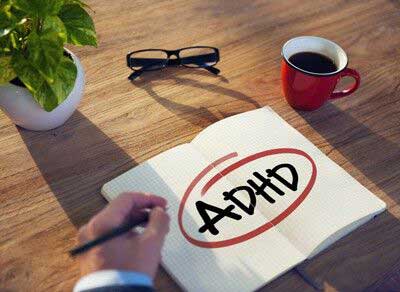 ADD / ADHD
ADD / ADHD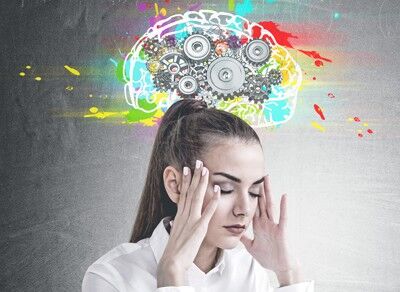 Anxiety & More
Anxiety & More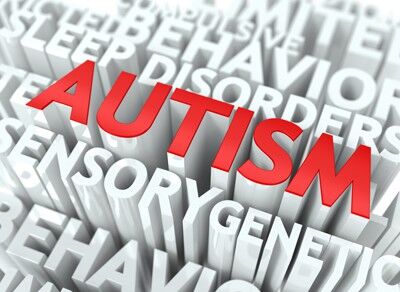 Autism/Aspergers
Autism/Aspergers Depression
Depression Insomnia
Insomnia Learning Disabilities
Learning Disabilities Migraines
Migraines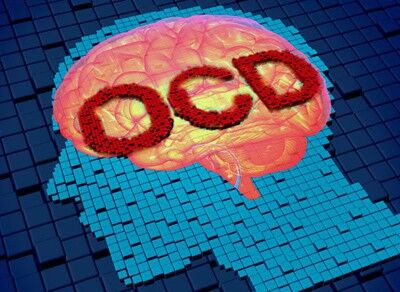 OCD and Obsessive Thinking
OCD and Obsessive Thinking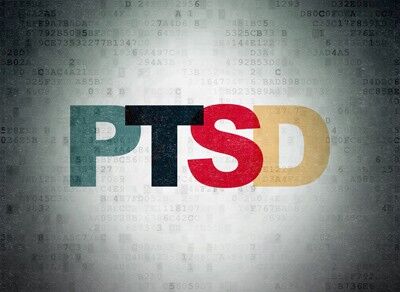 PTSD (Post Traumatic Stress Disorder)
PTSD (Post Traumatic Stress Disorder)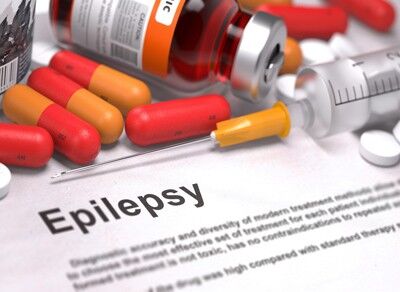 Seizures and Epilepsy
Seizures and Epilepsy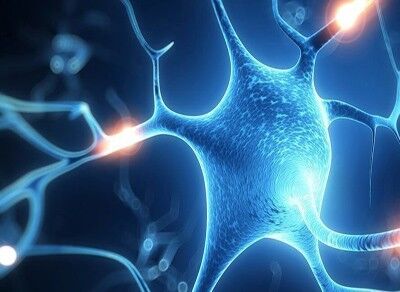 Stroke or Traumatic Brain Injury (TBI)
Stroke or Traumatic Brain Injury (TBI)